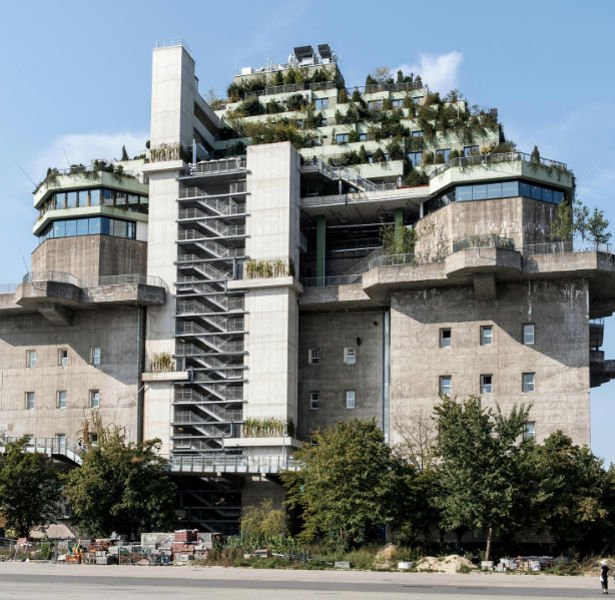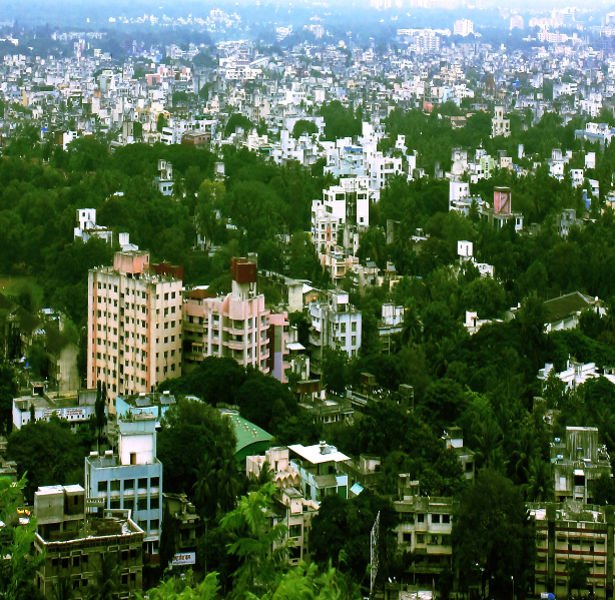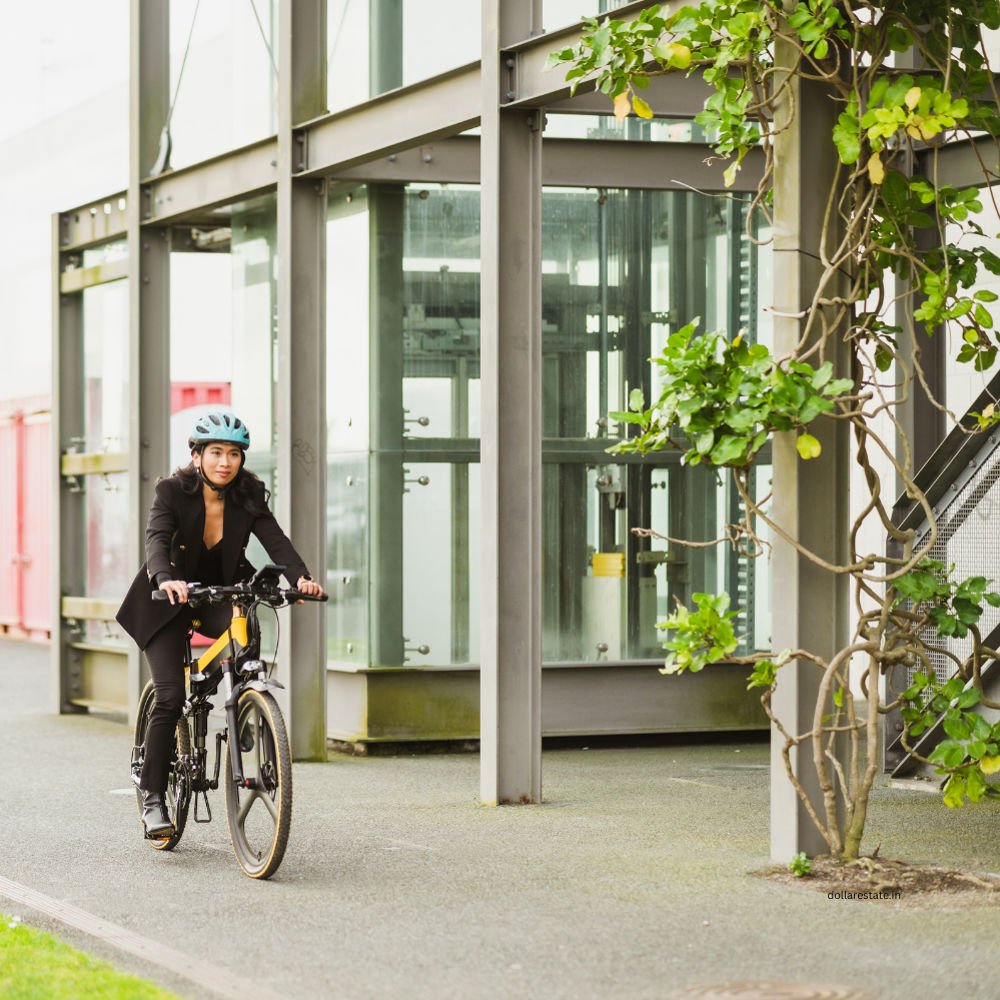Urban centers house over half the planet’s population, yet their concrete footprints strain ecosystems. Re-imagining the metropolis as a natural city—one that functions like a living organism—offers a hopeful path forward. A true natural city knits together parks, riverbanks, and rooftop farms into continuous ecological corridors. These greenways cool streets, support pollinators, and give residents daily contact with nature, reducing stress and encouraging outdoor activity.


Transit That Breathes
Car-centric roads clog air and nerves alike. In a natural city, electric buses, bike highways, and walkable mixed-use districts replace gridlock with clean mobility. Fewer tailpipes mean lower emissions and quieter streets where conversation—not honking—prevails.
Circular Resource Cycles
Landfills symbolize linear thinking. Composting organics, reclaiming greywater, and up-cycling construction debris create circular flows that echo forest ecosystems. By mimicking nature’s zero-waste model, the natural city turns refuse into resource, slashing environmental impact.
Energy from Local Elements
Solar façades, geothermal loops, and micro-grids power neighborhoods with minimal transmission loss. Resilient and decentralized, this network shields a natural city from blackouts while shrinking its carbon footprint.
Buildings That Perform Like Trees
Living façades, passive cooling, and daylight harvesting transform towers into vertical forests. Net-positive structures generate more energy than they consume and purify the air around them, proving architecture can actively heal a natural city.
Data-Driven Stewardship
IoT sensors track water leaks, air quality, and traffic in real time. Open data dashboards let citizens co-manage resources, fostering transparency and shared responsibility—the social glue of a thriving natural city.
Inclusive Public Realms
Plazas equipped with shade, Wi-Fi, and play zones welcome all ages and incomes. Equity is non-negotiable; a natural city ensures every resident, not just the affluent, enjoys healthy surroundings and green amenities within a 10-minute walk.
Local Food, Local Flavor
Hydroponic farms in warehouses, edible streetscapes, and farmers’ markets shorten supply chains, cutting emissions while boosting nutrition. Culinary culture flourishes when a natural city grows what it eats.

“This quote emphasizes the significance of charity as an essential virtue that allows compassion and benevolence to flow from one person “
John Doe
Economic Vitality Through Green Jobs
Retrofit crews, renewable-energy technicians, and urban ecologists anchor new employment sectors. Investing in sustainability pays dividends, making the natural city an engine of both environmental and economic renewal.
Policy and Participation
Zoning reforms, green bonds, and participatory budgeting empower communities to co-design futures. Political will paired with citizen engagement accelerates the shift toward a genuinely natural city.
By aligning infrastructure with ecology, technology with transparency, and growth with justice, the natural city blueprint offers more than aesthetics—it crafts urban habitats where people and planet prosper together.
